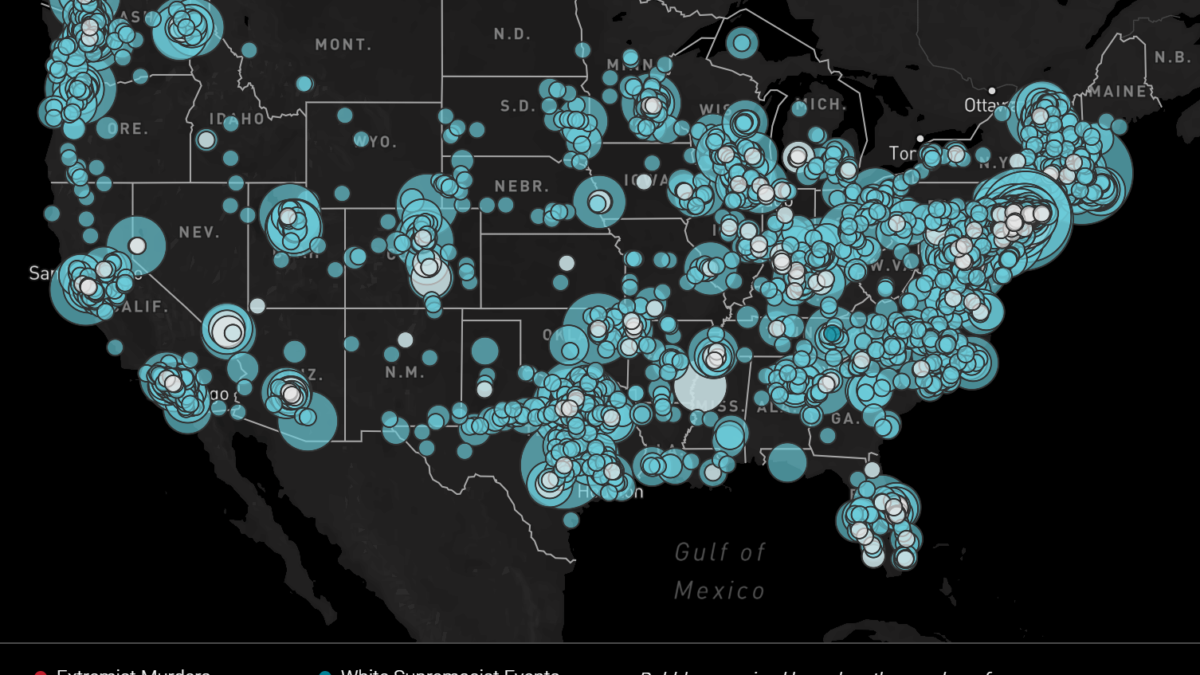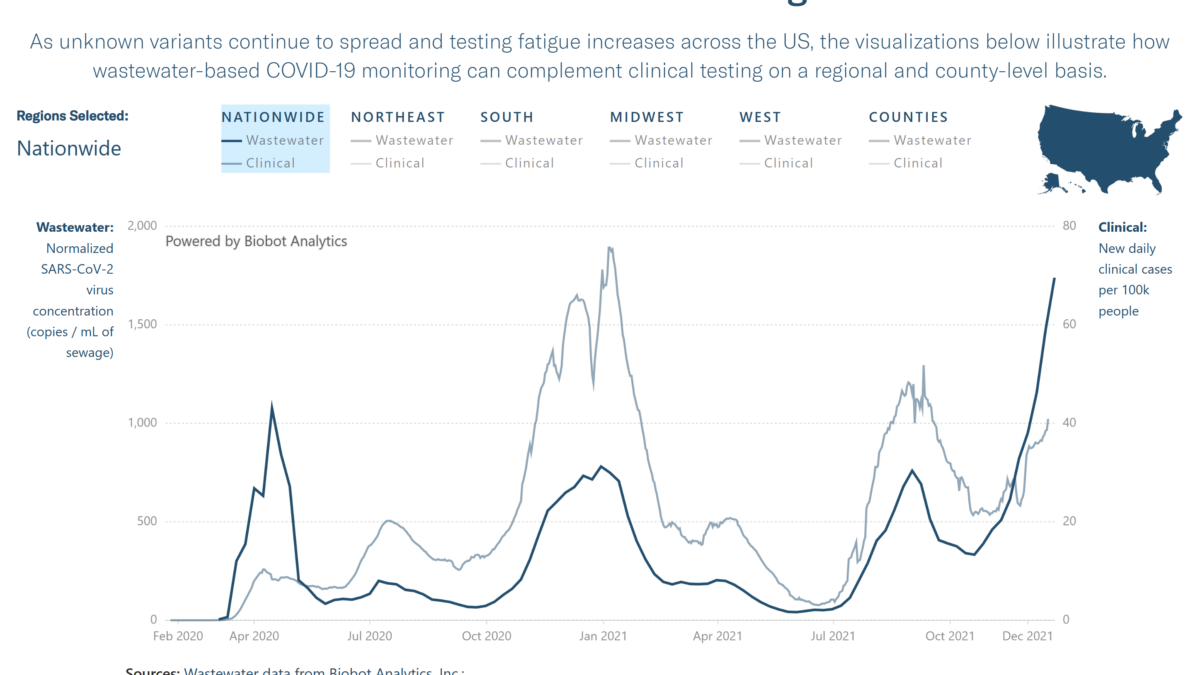America’s sexually transmitted infection rates are out of control – “Systems that identify, treat, and ultimately prevent STDs are strained to near-breaking point”
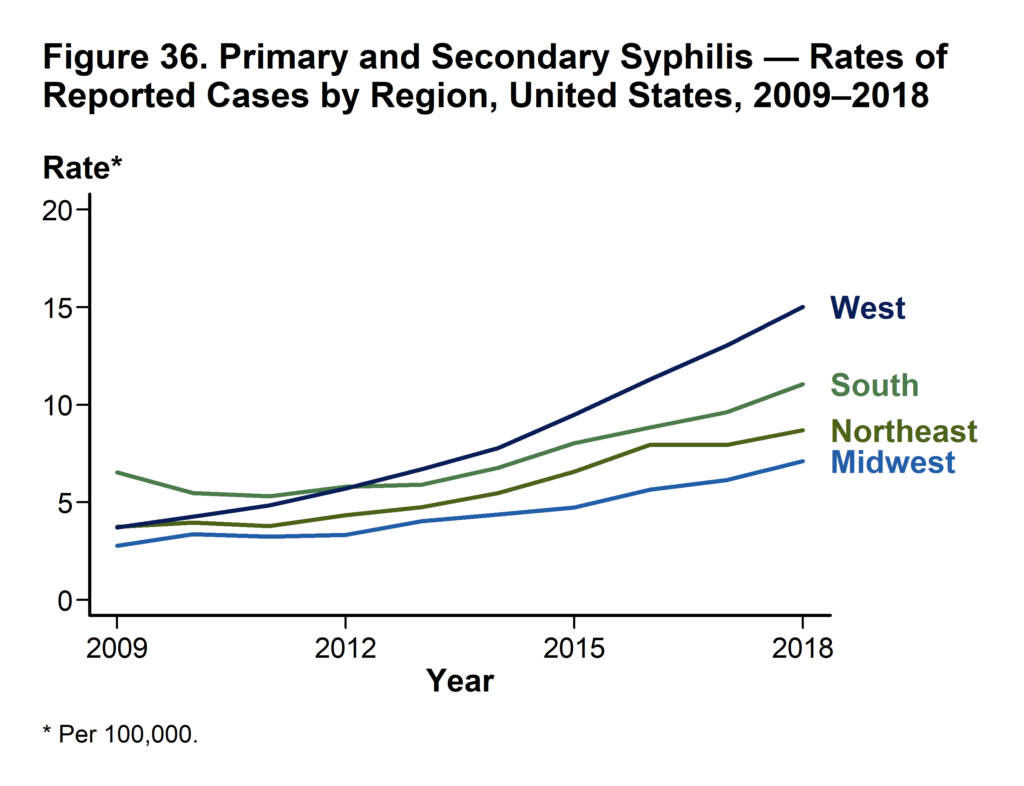
By Rachel Feltman
10 October 2019
(Popular Science) – Sexually transmitted infections (STIs) are still on the rise in the United States, according to the latest data from the Centers for Disease Control (CDC). On Tuesday the CDC released a report on statistics from 2018, which indicate historic rates of chlamydia and the worst rates of syphilis and gonorrhea since 1991. Most concerningly, the CDC reports a 40 percent increase in congenital syphilis—a potentially fatal and totally preventable condition where infection passes from a parent to a fetus through the placenta—since 2017. This represents the fifth year in a row that STIs have hit all-time highs.
In 2018, Jonathan Mermin, director of the CDC’s National Center for HIV/AIDS, Viral Hepatitis, STD, and TB Prevention noted that rising infection rates showed we were “sliding backward,” with “systems that identify, treat, and ultimately prevent STDs … strained to near-breaking point.” The latest report makes it clear those systems have all but crumbled. […]
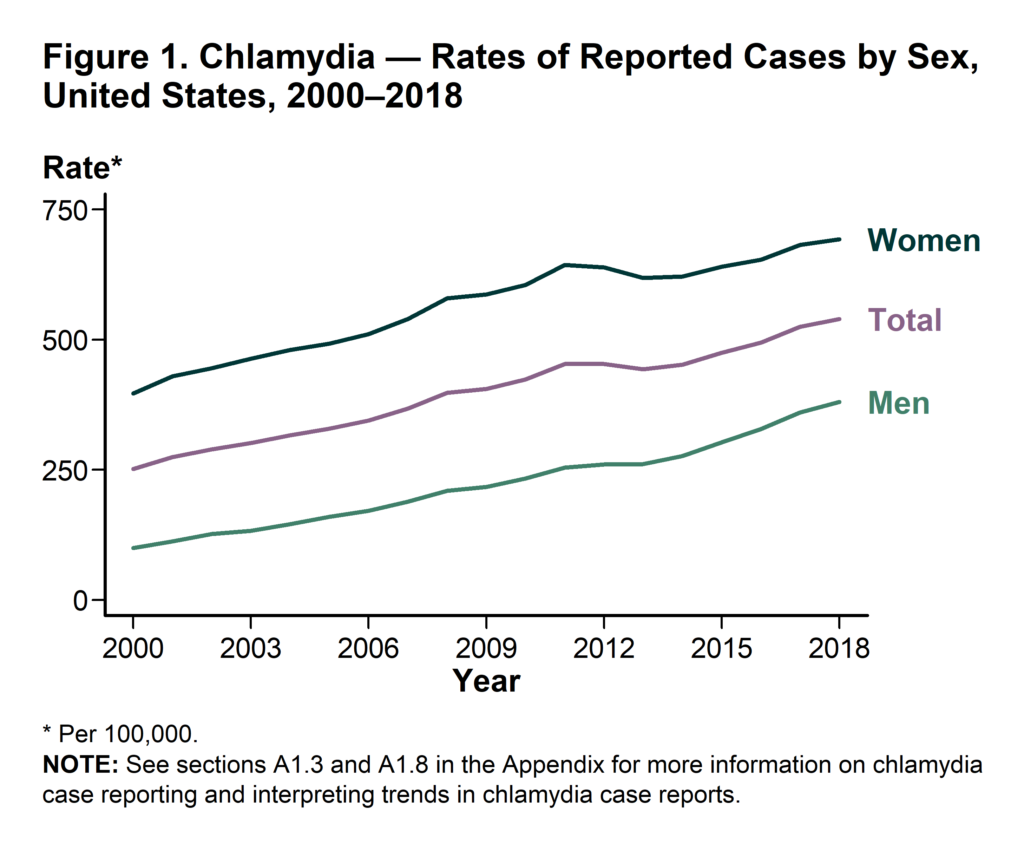
How have infection rates changed?
In 2018 (the CDC’s reports always lag behind by nearly a year, as it takes time to compile and analyze all the data), all three of the most commonly reported STIs saw an increase.
The CDC received 580,000 reports of gonorrhea, which represents a 5 percent increase since 2017 and marks the worst year for the bacterial infection since 1991. Cases have surged by a staggering 63 percent since 2014. Chlamydia broke an all-time record, hitting 1.7 million cases (which amounts to a 3 percent rise since 2017 and a 19 percent rate increase since 2014.
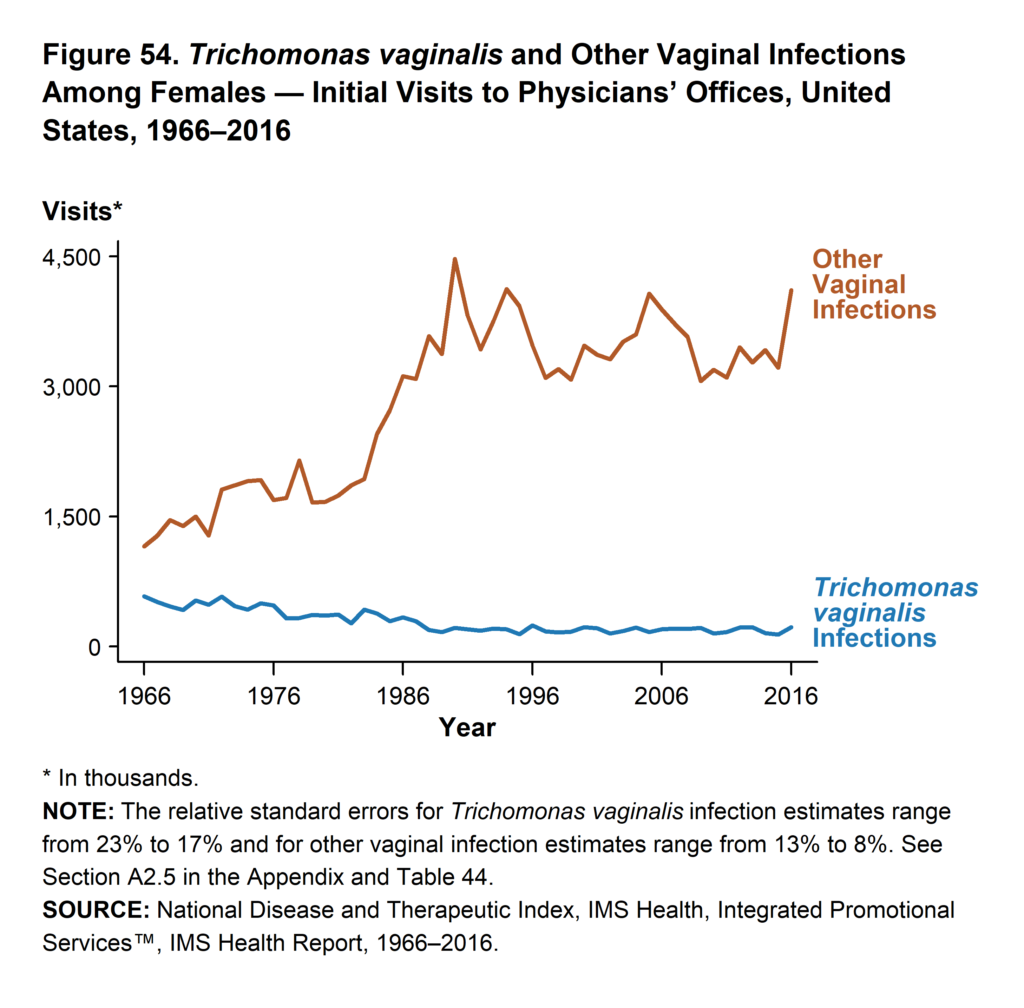
Syphilis is a bit more complex, as the bacterial infection presents in several stages if it’s not treated with antibiotics. But cases of the most infectious first and second stages increased by 14 percent, hitting 35,000—the highest number since 1991.
The CDC is most concerned about the large uptick in congenital syphilis in newborns, which can cause serious health problems throughout adulthood. The CDC received reports of 1,300 cases in 2018, representing a 40 percent increase. Related fatalities also increased by 22 percent. Those 94 infant deaths were completely preventable, as syphilis can easily be treated with antibiotics if patients have access to testing and healthcare.
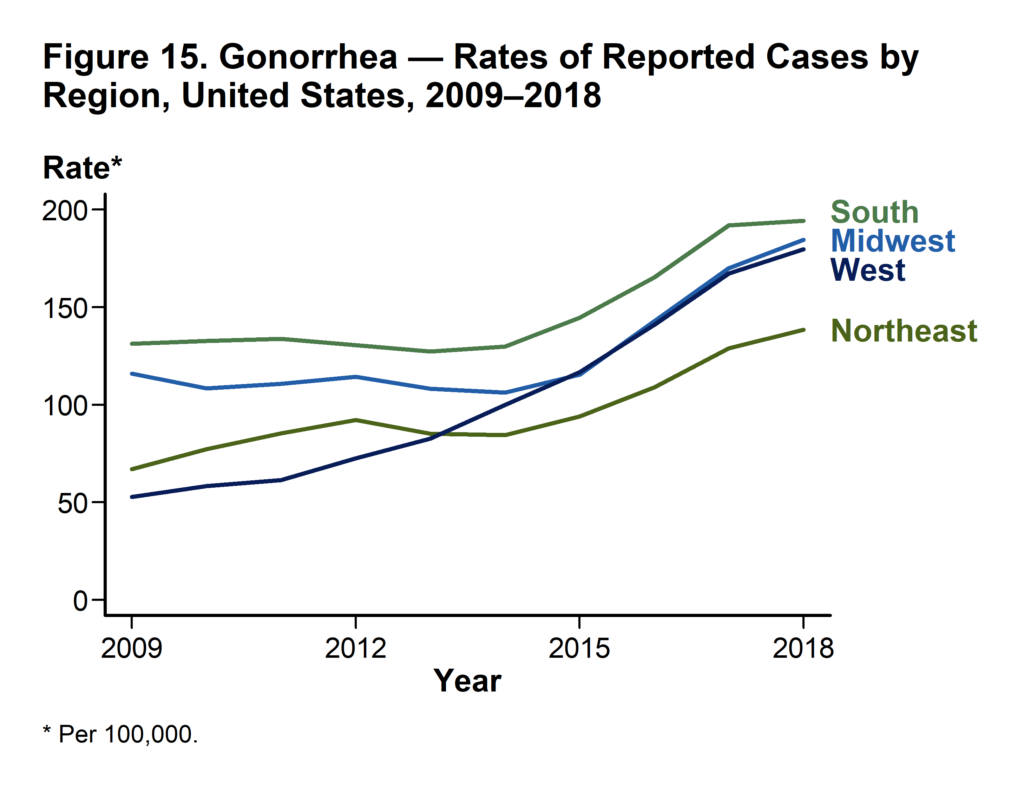
Why are rates of sexually transmitted infections going up?
That’s the million-dollar question, and there are likely several factors at play. One issue, as previously reported by PopSci, is that the immense stigma surrounding STIs prevents people from getting tested, getting treated, and disclosing infections to partners. Recent reports actually show that teens are waiting longer to have sex, but CDC data does suggest that young people, along with gay and bisexual men, are using condoms less reliably. An increase in unprotected oral sex among young people may also be a factor.
But one thing is clear: The above factors are not to blame for our current predicament. According to a report published by the CDC in February, the uptick in heterosexual syphilis transmission seems closely tied to recent drug use epidemics, and could potentially be addressed in tandem by offering better access to counseling and healthcare. The CDC also reports that more than half of local STD-prevention programs have experienced budget cuts in recent years, resulting in clinic closures, reduced screening, staff loss, and reduced patient follow-up. [more]
America’s sexually transmitted disease rates are out of control

